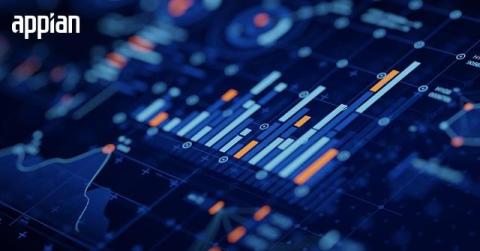Automation Using AI: 5 Real-World Examples and Best Practices
Companies use a wide range of both artificial intelligence (AI) and automation tools, and each automation tool serves a different purpose, often working together to boost efficiency. In this blog, we’ll explore the differences between AI and automation, how they can complement each other through intelligent automation, and five real-world examples of how they work together. We’ll also highlight the benefits of using AI in business process automation.










